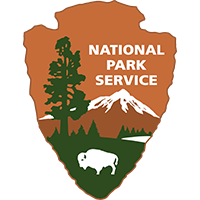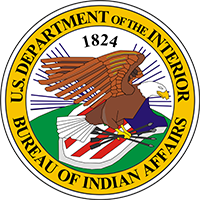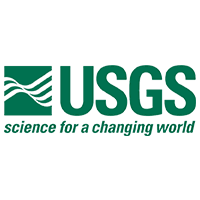2012 DOI Remote Sensing Activities
Remotely sensed data, information, and resources contribute significantly to mission-critical work across the Department of the Interior (DOI). Spanning data sources from aerial photography, to moderate resolution satellite data, to highly specialized imaging sensors and platforms, DOI personnel use remote sensing capabilities to evaluate and monitor land-surface conditions over the vast areas for which DOI has responsibility. This report from the DOI Remote Sensing Working Group (DOIRSWG) provides a sampling of the many applications of remote sensing across the DOI.*








